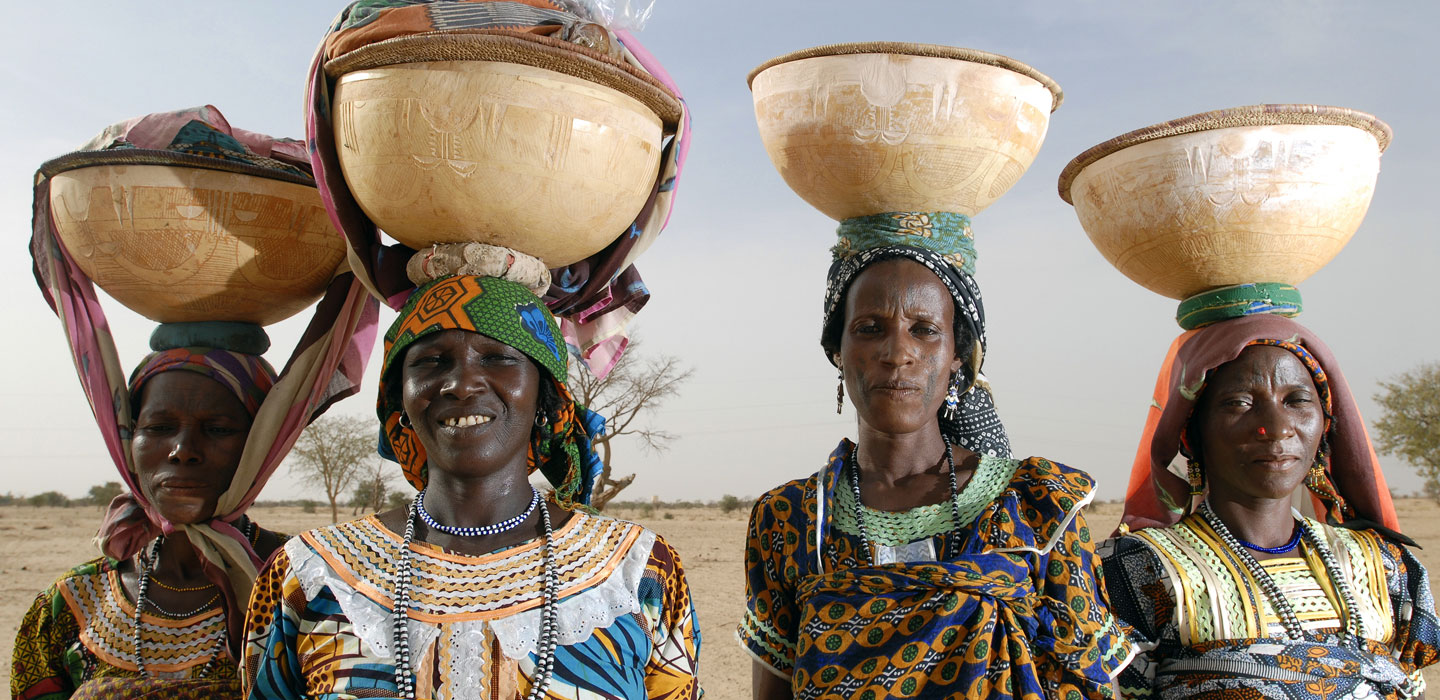Tools and guidelines
الأدوات والإرشادات

الأدوات والإرشادات
عرض القائمة
Search Results Filters
نتائج البحث
دراسة حالة نظام تعلّم العمل في مجال التمایز بین الجنسین في غانا، ونیجیریا، ورواندا، وسیرالیون، وأوغندا
تم إعداد منهجیة نظام تعلّم العمل في مجال التمایز بین الجنسین في إطار برنامج تعمیم وتشبیك تمكین المرأة التابع . لمؤسسة أوكسفام نوفیب في عام 2008 ، بالعمل مع شركاء محلیین وl وقد اختبرت أوكسفام نوفيب مع شركائها استخدام هذه المنهجية في مجال تنمية سلاسل القيمة بفضل منحة صغيرة من الصندوق (2009- 2011). كما نشرت أوكسفام نوفیب هذه المنهجیة في نیجیریا، ورواندا، وأوغندا بالعمل مع شركاء محلیین، وبالاستفادة من منحة كبيرة من الصندوق (2011-2014) وفي غیرها من البلدان بتمویل مشترك من جهات مانحة أخرى.
How to do note: Commodity value chain development projects
Lessons learned: Youth land rights and tenure
This note aims to inform the design and implementation of results-based country strategic opportunities programmes (RB-COSOPs) and projects by describing how youth are affected by insecurity of tenure and how such issues have been dealt with. It should be used at strategy, design and implementation stages.
The note explains the issues related to youth and land tenure and how they have been addressed in IFAD and other projects and programmes.
PARM Annual Report 2014
The Multidimensional Poverty Assessment Tool (MPAT) User's guide
MPAT was originally developed in China and India. In China, iterative testing was conducted in 2008 in order to refine and improve the draft Household and Village Surveys. After five rounds of testing in China and India, the project team felt that the surveys and indicators were sufficiently developed to warrant a large-scale pilot in both countries.
In China, the pilot was conducted in the context of an ongoing IFAD-supported project in Gansu Province in China’s arid north. The data from the pilots in China and India (see also Box 2 and Box 3) were then shared with the European Commission’s Joint Research Centre so they could conduct an independent evaluation of MPAT. Results from a pilot village in China are presented, together with a photo of farmers planting seeds below.
The Multidimensional Poverty Assessment Tool (MPAT)
The Multidimensional Poverty Assessment Tool provides data that can inform all levels of decisionmaking by providing a clearer understanding of rural poverty at the household and village level. As a result, MPAT can significantly strengthen the planning, design, monitoring and evaluation of a project, and thereby contribute to rural poverty reduction.
Voluntary Guidelines on the Responsible Governance of Tenure of Land, Fisheries and Forests - Implications for IFAD
Following an inclusive consultation and negotiation process, which involved more than 70 countries, international organizations, and representatives of the civil society and the private sector, the Voluntary Guidelines on the Responsible Governance of Tenure of Land, Fisheries and Forests in the Context of National Food Security (VGs) were officially endorsed by the Committee on World Food Security on 11 May 2012. The VGs set out principles, technical recommendations and practices for improving the governance of tenure of land, fisheries and forests. They promote secure tenure rights and equitable access to these resources as a means of eradicating hunger and poverty, supporting sustainable development and protecting the environment. They give recommendations to countries and to other key actors, who are strongly encouraged to adopt and use them on a voluntary basis.
République du Niger: Note technique par pays sur les populations autochtones
La République du Niger a une population multi-ethnique, parmi laquelle, les Touareg, les Peulh et les Toubou s‘auto-identifient comme autochtones.